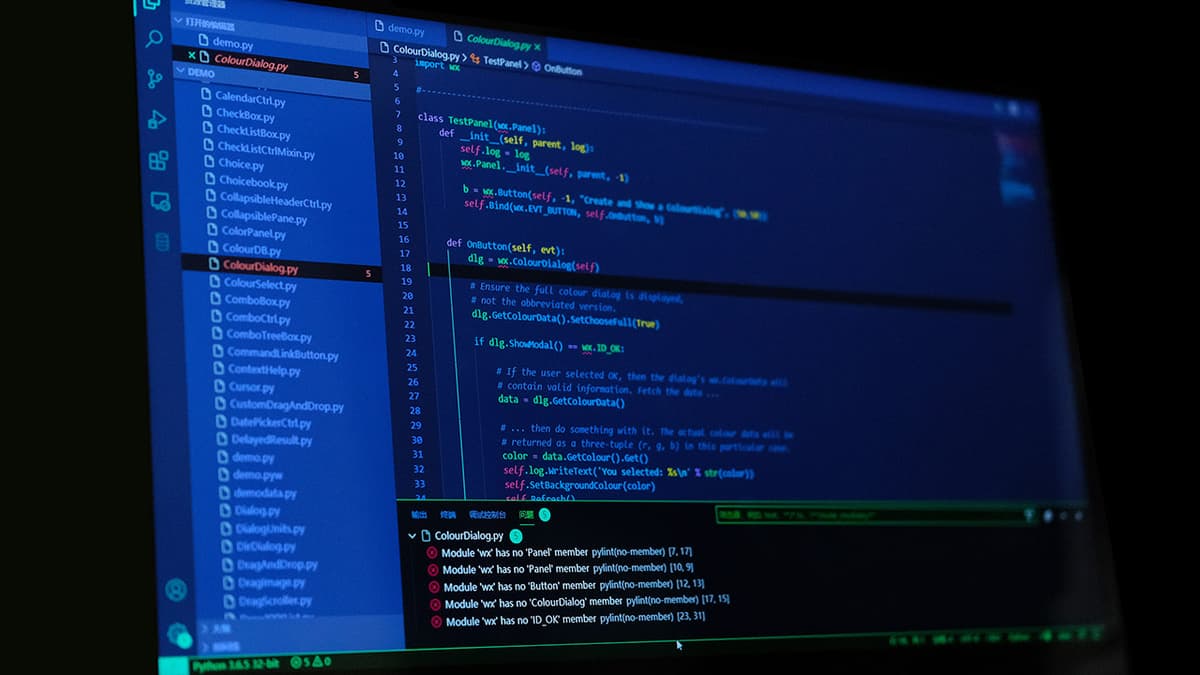How to Scale and Normalize Data in Machine Learning Like a Pro
Have you ever felt overwhelmed by the process of scaling and normalizing your data before feeding it into your machine learning model? Don't worry, you're not alone. Data scaling and normalization are essential preprocessing steps that can significantly impact the performance of your model. In this article, we will explore various techniques and best practices to help you master the art of data scaling and normalization in machine learning.
Why is Data Scaling and Normalization Important?
Before we dive into the techniques, let's understand why data scaling and normalization are crucial in machine learning. When working with datasets that contain features with different scales and ranges, algorithms that rely on Euclidean distance measure or gradient descent can be sensitive to these variations. Scaling and normalizing your data help to ensure that all features contribute equally to the final model, making the training process more efficient and effective.
Standardization: A Common Approach
One popular technique for scaling and normalizing data is standardization, also known as z-score normalization. This method transforms the data such that it has a mean of 0 and a standard deviation of 1. By standardizing your data, you can bring all features to a similar scale without changing the shape of the distribution.
Python
Min-Max Scaling: Another Handy Tool
Another widely used scaling technique is min-max scaling, which scales the data to a fixed range, usually between 0 and 1. This method is beneficial when your data does not follow a normal distribution and you want to preserve the relationships between the values.
Python
Robust Scaling: Handling Outliers Gracefully
If your dataset contains outliers that can skew the standardization process, robust scaling can be a more suitable option. This method scales the data based on the interquartile range (IQR), making it robust to outliers.
Python
Normalization: L2 and L1 Norms
In addition to scaling, normalization is another technique that can be used to transform your data. Normalization scales individual samples to have a unit norm, which can be calculated using either the L2 norm (Euclidean norm) or the L1 norm (Manhattan norm).
Python
Which Technique to Choose?
The choice of scaling and normalization technique depends on the characteristics of your data and the requirements of your model. Standardization is a good all-purpose technique that works well with many machine learning algorithms. Min-max scaling is suitable when you need to preserve the relationships between the data. Robust scaling is ideal for datasets with outliers, while normalization can be beneficial when dealing with text data or image data.
Evaluating the Impact
To understand the impact of scaling and normalization on your model, you can compare the performance of the model with and without preprocessing. Keep in mind that different algorithms may respond differently to scaling and normalization, so it's essential to experiment and find the best approach for your specific use case.
Wrapping Up
Scaling and normalizing your data in machine learning may seem like a daunting task at first, but with the right techniques and practices, you can elevate your model's performance and efficiency. By mastering the art of data preprocessing, you can ensure that your model makes accurate predictions and generalizes well to unseen data. Next time you're faced with the challenge of preprocessing your data, remember these tips and scale and normalize like a pro!












